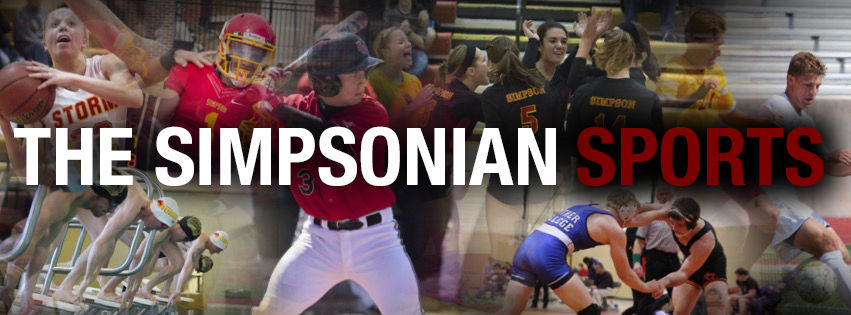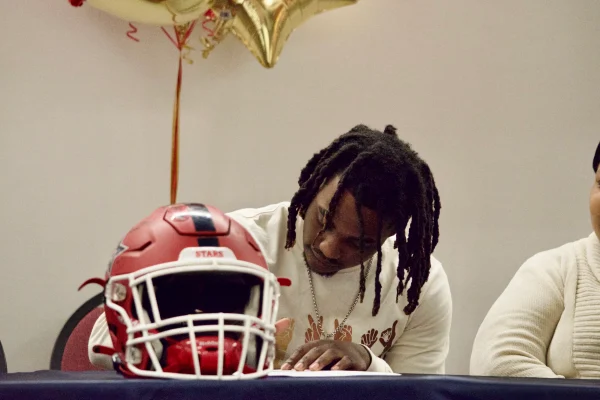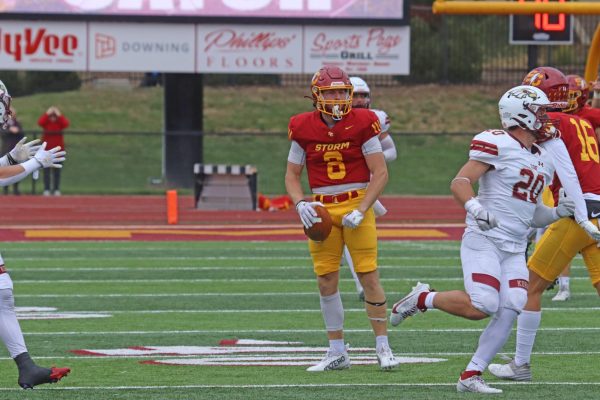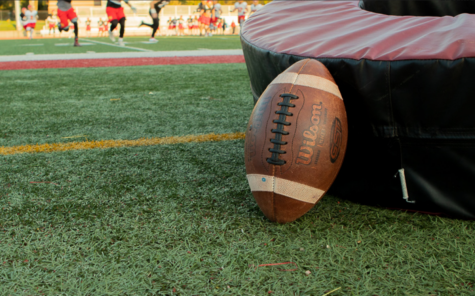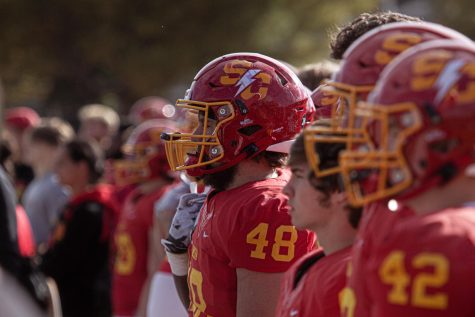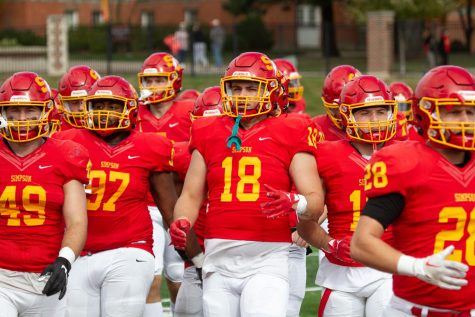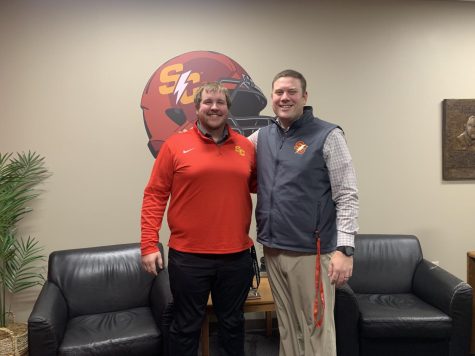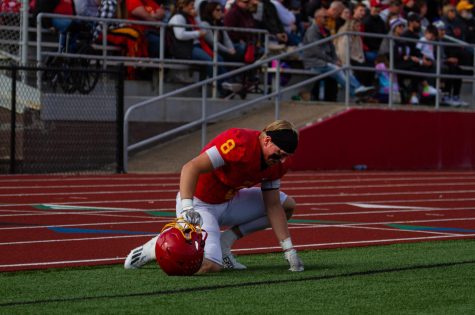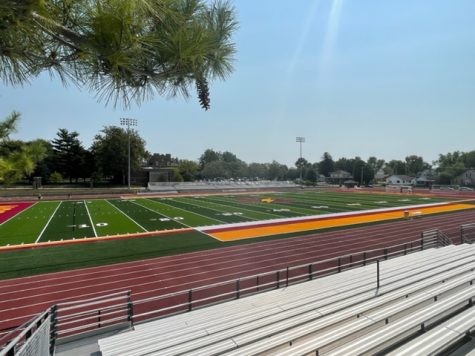From players to coaches: Simpson Storm football coaching staff mainly familial
October 20, 2015
Seven members of the Simpson College football team coaching staff are former Simpson players, and five of them played for head coach Jim Glogowski.
They say familiarity with Glogowski is a plus.
“They understand the culture, they understand the expectations. It saves me a lot of time from having to teach those things,” Glogowski said. “It’s little things, from how we leave the locker room of a game on the road, how do we leave the bus when we get off the bus, how do we carry ourselves in the hotel.”
As former Simpson players, these coaches come in knowing. Normally, they have to learn the culture on their own.
Glogowski said there is more to the team than winning and losing games. The football team is like any other organization on campus. Part of being a coach is knowing it, living it and instilling it in players.
Many of the younger coaches are fresh out of the system, and coach guys they played with at the position they played.
“I think a lot of it has to do with the relationship and role you had when you played,” coach Ted Haag said. “If you conducted in a way where you were a leader of that group, where you were a captain of something and you handled yourself in a mature way, then coming back and being in a room with those guys isn’t a big deal.”
In Haag’s position group, there are multiple players older than he is. Haag said it is different being a young full-time coach, but he plays to his strengths and doesn’t try to be what he’s not. Which would be a coach with years of experience, like Glogowski.
“I did hear some things about the team, the chemistry, what was going on in the locker room, maybe what was going on after hours that now, being removed from it 10 to15 years I don’t necessarily get to hear as a coach,” defensive backs coach James Hoffman said. “From that standpoint, it kind of goes both ways. They wanted information from me, and I ended getting more information than most coaches would get.”
The common strategy for these two coaches is professionalism. They have a job to do, and the players realize and respect that so they can all work towards a common goal of improving the program.



